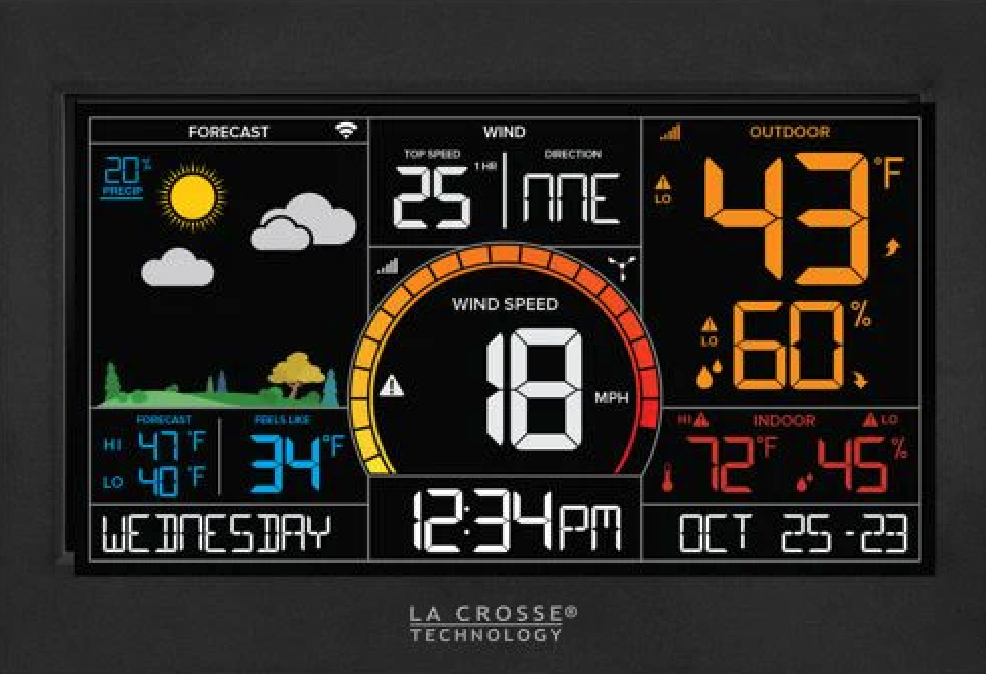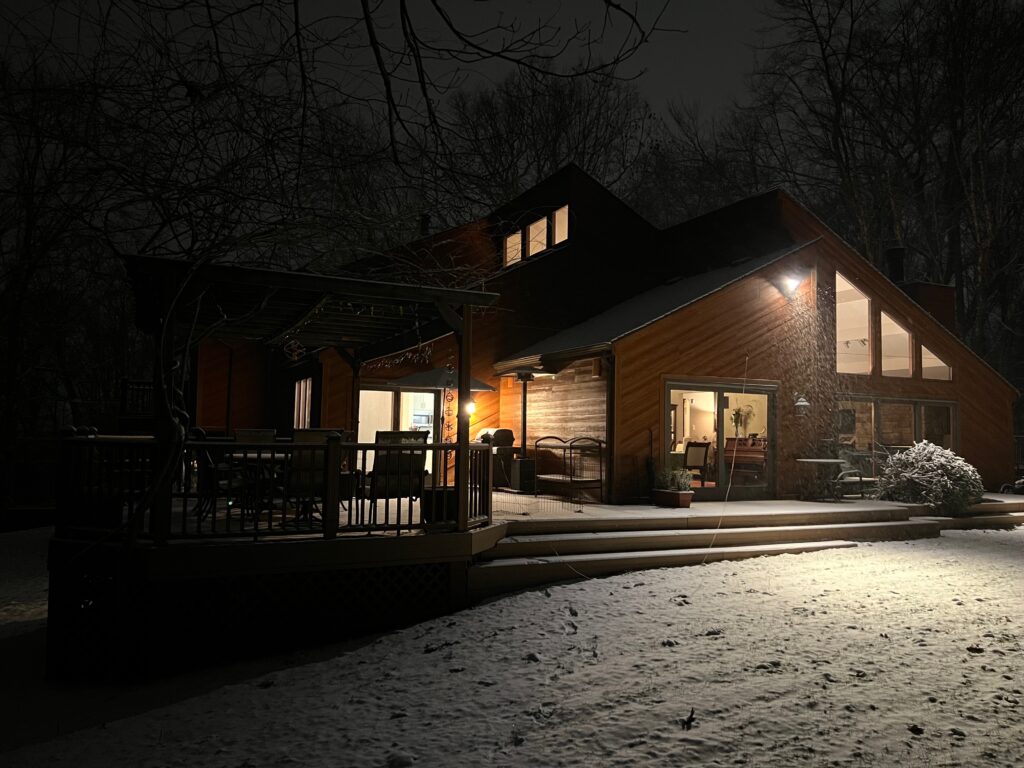I.o.T. and You Should, Too
By: Dave Nelsen
Five years ago, I wrote about the Internet of Things (IoT) and my furnace hypothetically failing while my wife and I were traveling out of state and how it wouldn’t be a huge problem because of remote monitoring of our home’s indoor temperature. Well, it actually did, and it actually wasn’t.
We were in California the January before COVID. Years earlier, I had set an indoor temperature alert (if below 50 degrees) on my $79.99 La Crosse IoT 5-in-1 so called “Professional” Weather Station. In truth, I doubt the professionals at, say NOAA, rely on this level of “professional” technology. Maybe the good people at La Crosse already tried marketing it as an amateur “whether” station and it didn’t work out.

Given what happened (my furnace failing), the ironic thing is that this is a weather station. All the sensors are outdoors monitoring the weather. That’s its name! However, the display unit lives indoors (logically) and as a total throw-in, it tracks and displays the indoor temperature where it sits. That feature was 100% irrelevant to me when purchasing. Little did I know … Which is why I referred to them above as “the good people at La Crosse”. They saved my bacon.

Given the sub-freezing temperature that day in the Pittsburgh region, the pipes in our house would have burst and likely would have flooded the place, destroying sheetrock walls and ceilings.
Business readers: Do not panic. This column is eventually going to be about IoT in business.
Back to my furnace story, I called the good folks at Bolster-DeHart Heating and Air Conditioning Company and they sent a tech right over. From California, using other IoT capabilities I opened our garage door and deactivated our alarm system. The tech went in and did their magic. All’s well that ends well.
I wonder if State Farm knows how lucky they are. My weather station probably saved them $50,000. I should get a customer-of-the-month award. At the very least, State Farm should send a thank you note and box of chocolates to the good people at La Crosse.
Ironically, this would have been the second time I came home to a house frozen over. Back in 1983, I was sharing a house with Kurt and BJ (and yes, we called him “beeeej”). The three of us went home to see our respective families over Christmas that year and BJ, the last one out, turned off the heat. Maybe it never freezes where he’s from (SC), but trust me on this, New Jersey can get plenty cold.
I happened to be the first one to return after Christmas. The outside temperature had dipped and then warmed enough to burst and then thaw the waterpipes. Time would prove that there were 55 breaks but all I could see upon entry was water gushing down into the basement. I couldn’t find the now submerged water shutoff valve down there, so I had to phone my landlord at 1:00 AM. Before he answered my question about the shutoff valve location, he said, “Oh my god!” at least a dozen times.
Happily, my $100 State Farm renter’s insurance policy covered the entire claim with literally zero deductible. State Farm probably still has a record of that event which is maybe why I didn’t receive my more recent, well-deserved customer-of-the-month award yet.
So how does all this relate to business? Well, growth of IoT devices is progressing exponentially. When you’re dealing with an exponential, be it Moore’s Law (computer speed / processing power) or an unimpeded virus (for some reason SARS-CoV-2 comes to mind), the key performance indicator (KPI) is doubling time. Look at that KPI and you can tell what’s going on.
IoT devices currently register in the tens of billions (estimates vary widely so find a trusted source and stick with it – I like Statista.com, the self-proclaimed “Global #1 Business Data Platform” but whatever …). I ran the numbers over a 10-year period and discovered that the IoT device count doubling time is roughly 4 years. 10B will become 20B, will become 40B, will become 80B, at that regular, predictable, 4-year interval.
Here’s the thing. 40% of these devices will be used in manufacturing or industry. The other 60% will mostly be used in our homes or our cars, no doubt sold to us by business at a profit. Or more likely, we’ll pay a subscription fee since many of these things will provide a continuous service and businesses seem to like continuous revenue.
If your competitors figure out how to do this before you do, you’ll likely find that your business isn’t (in business anymore, that is). If you imaging that IoT has any possible application in your operation or for your customers, here’s the conversation I’d start with my team tomorrow (derived entirely from my aforementioned furnace adventure):
Where does automated monitoring… or remote control… save time… save money… or add value… for us (internal operations)… or for our customers?
Answer that question and execute, and your profits will be heading north. Yes, IoT and you should too.

Apps to AI: Elevating Executive Effectiveness!
.
[email protected]
Phone/text: 1-412-779-2788
